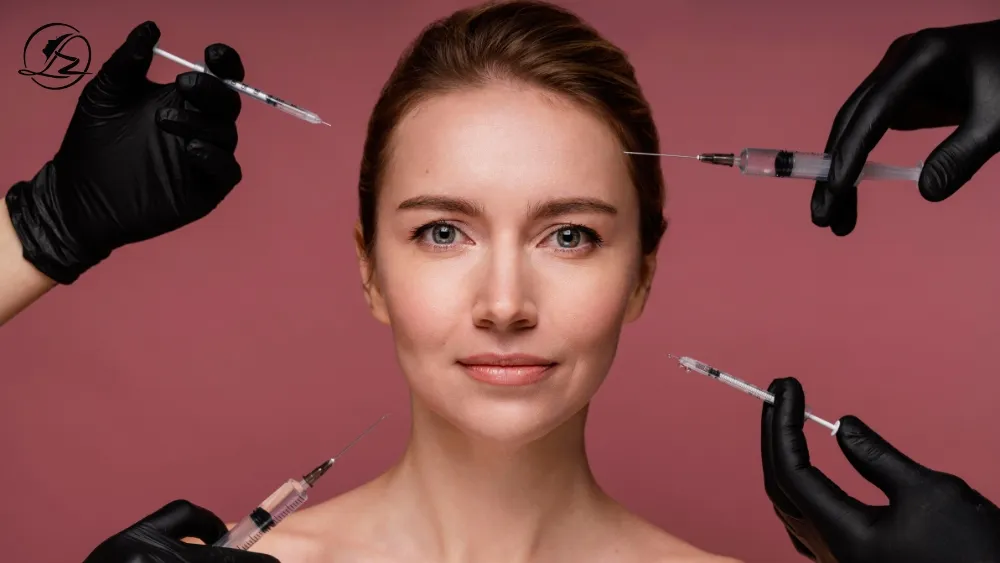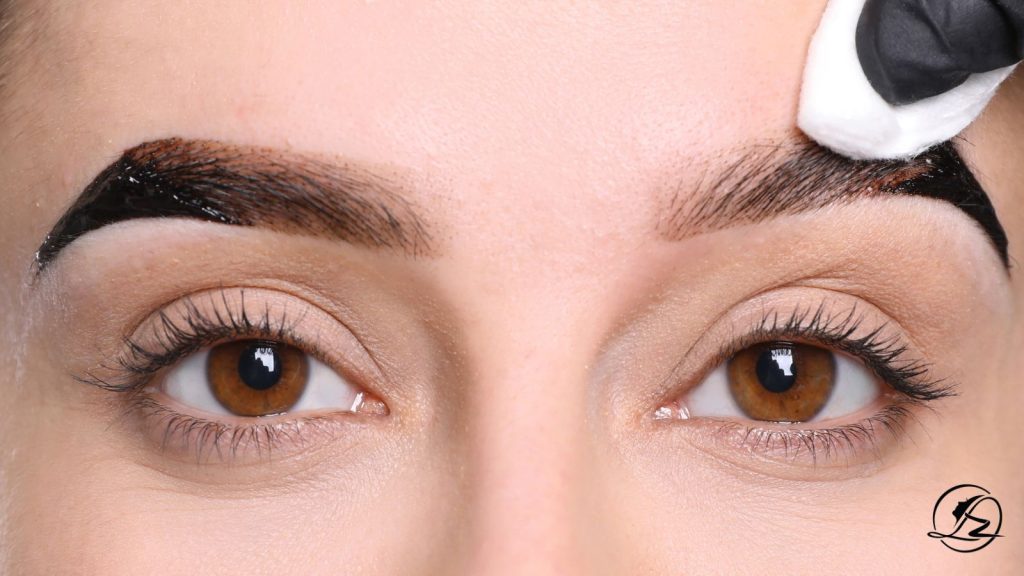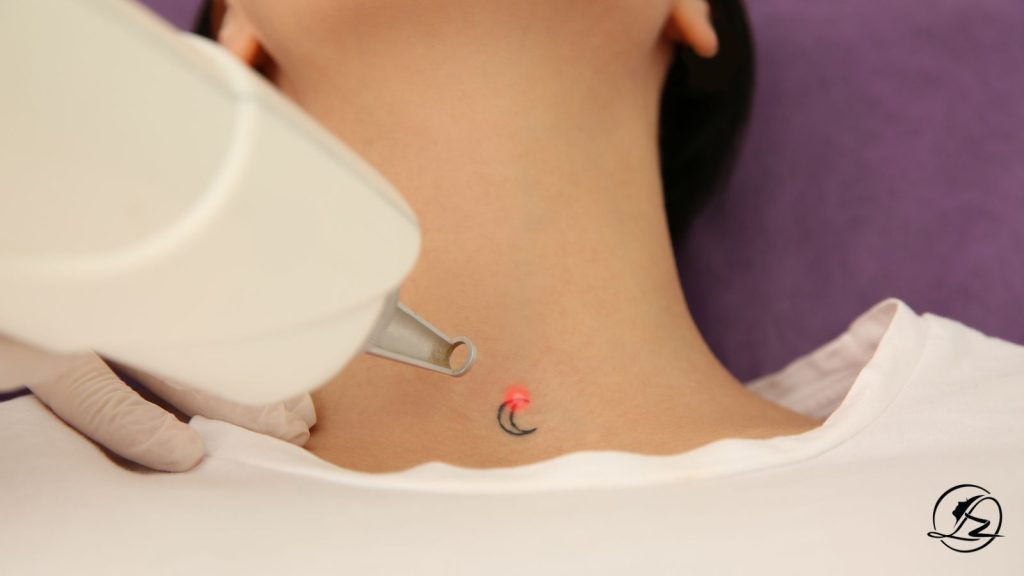Yes, dermal fillers reduce smile lines by targeting nasolabial folds. Hyaluronic acid fillers restore volume for smoother, younger-looking skin.
Dermal fillers are a popular non-surgical option for reducing smile lines, offering immediate and noticeable improvements by restoring volume to the skin. These injectable treatments work by filling in the creases that run from the sides of the nose to the corners of the mouth, softening their appearance without affecting natural facial expressions. Dermal fillers can effectively smooth away smile lines, providing a subtle lift and a more youthful look.
Unlike Botox, which relaxes muscles, fillers add volume and plumpness, making them especially suitable for deeper lines. Common products like hyaluronic acid-based Juvederm and Restylane are widely used for this purpose, and the results can last several months with proper care. Many choose fillers for their minimal downtime and reversible effects, making them a practical choice for those looking to refresh their appearance without surgery.
Understanding how dermal fillers work, along with the benefits and aftercare involved, can help individuals make informed decisions about this treatment. With increasingly natural-looking results, fillers offer a tailored approach to smoothing smile lines while preserving one’s unique facial characteristics.
Table of Contents
ToggleUnderstanding Smile Lines
Smile lines appear around the mouth and nose and vary based on skin condition and facial structure. They develop due to muscle movements and changes in skin elasticity over time.
1. Definition and Causes of Smile Lines
Smile lines, also known as nasolabial folds, are the creases or wrinkles that run from the sides of the nose to the corners of the mouth. They form naturally as facial muscles move during expressions such as smiling or laughing.
These lines become more pronounced as collagen and elastin production decrease with age. Loss of skin volume and fat in the cheeks can deepen these folds, making them more visible even when the face is at rest.
2. Factors That Exacerbate Smile Lines
Several factors contribute to the deepening of smile lines. Aging is primary, but sun exposure accelerates collagen breakdown, worsening the lines.
Lifestyle habits such as smoking reduce skin elasticity and impair circulation, which affects skin health. Repeated facial expressions and dehydration also play a role in emphasizing these folds.
Environmental factors like pollution can damage skin integrity, further affecting the appearance of smile lines.
3. Types of Smile Lines
Smile lines vary by depth and visibility. There are shallow lines, which appear only during facial expressions, and deeper folds visible even when the face is relaxed.
Some people develop asymmetrical lines depending on muscle use and facial anatomy. These differences influence the choice and effectiveness of treatment methods such as dermal fillers.
Understanding the type of smile lines helps in selecting appropriate cosmetic or medical interventions.
How Dermal Fillers Work for Smile Lines
Dermal fillers restore volume and smooth wrinkles by targeting the skin’s soft tissues. They provide immediate results with minimal discomfort and downtime. The effectiveness depends on the filler type, how it interacts with the skin, and individual suitability.
1. Mechanism of Action
Dermal fillers work by replenishing lost volume beneath smile lines, also called nasolabial folds. These fillers are injected into the skin to lift creases and support facial contours.
Most fillers use hyaluronic acid, a substance naturally found in the skin that retains moisture and adds fullness. When injected, it absorbs water and plumps the area, reducing the depth of lines.
The treatment enhances skin texture by stimulating collagen production in some filler types. This gradual collagen boost improves firmness and elasticity over time while the hyaluronic acid provides immediate smoothing.
2. Types of Dermal Fillers Used
The most common fillers for smile lines include:
- Hyaluronic Acid (HA) Fillers: Widely used, reversible, and provide natural results. Examples: Juvederm, Restylane.
- Calcium Hydroxylapatite Fillers: Thicker, longer-lasting, and stimulate collagen. Example: Radiesse.
- Poly-L-lactic Acid Fillers: Promote collagen growth gradually, used for deeper volume loss. Example: Sculptra.
Hyaluronic acid fillers are favored for smile lines due to their hydration and moldability. Calcium hydroxylapatite is an option for longer correction but may feel firmer. Poly-L-lactic acid is less common but useful for overall facial rejuvenation beyond just lines.
3. Suitability for Different Skin Types
Most skin types tolerate dermal fillers well, but individual factors influence success. Thicker skin may require more robust filler types for effective volume replacement, while thinner skin benefits from softer fillers to avoid lumpiness.
People with sensitive skin or allergies should disclose their history as rare reactions can occur. Those with active skin infections or inflammation near the treatment site should postpone until fully healed.
Fillers are generally safe across ethnicities and ages but should be selected based on skin condition, thickness, and the depth of smile lines. Proper assessment by a qualified professional ensures the right filler choice and injection technique for optimal results.
Benefits of Smoothing Smile Lines With Dermal Fillers
Dermal fillers provide targeted improvements to smile lines by restoring lost volume and enhancing skin texture. They offer controlled, natural-looking results that can be tailored for individual facial features and needs.
1. Immediate Results
One key advantage of dermal fillers is the instant improvement they provide. After treatment, patients typically see a visible reduction in the depth of smile lines.
This quick outcome is due to the filler’s ability to physically lift and plump the skin by replenishing volume beneath the wrinkles. Unlike other treatments that require weeks to show effects, dermal fillers deliver near-immediate smoothing.
Downtime is minimal or nonexistent, allowing patients to return to regular activities the same day. Results can last from several months to over a year depending on the filler type and individual metabolism.
2. Natural-Looking Enhancements
Dermal fillers work beneath the skin’s surface, allowing for subtle corrections that maintain facial expressions. The goal is to soften smile lines without creating an overfilled or artificial appearance.
When administered by skilled professionals, fillers integrate with the natural contours of the face. This preserves the individual’s unique expressions and avoids a “frozen” look.
The plumping effect also improves skin texture and elasticity by stimulating collagen production in some types of fillers. This gradual enhancement supports a refreshed yet authentic appearance over time.
3. Customization Options
There are various filler products designed to address different depths and shapes of smile lines. This variety allows treatment plans to match specific patient needs and desired outcomes.
Doctors can adjust the amount and injection sites to balance volume restoration and fine line smoothing. Some fillers offer thicker gels for deep creases, while others provide softer correction for finer lines.
Personal factors such as age, skin quality, and facial anatomy influence the choice of filler and technique. Customization enhances safety and effectiveness, ensuring a tailored approach for each patient’s smile lines.
Treatment Process for Smile Lines
The treatment to reduce smile lines involves careful evaluation, a precise injection procedure, and specific aftercare steps. Each stage plays a key role in achieving safe, natural-looking results while minimizing side effects.
1. Consultation and Assessment
During the initial consultation, the practitioner evaluates the patient’s skin condition, smile lines depth, and overall facial structure. They discuss the patient’s goals, medical history, and any allergies to determine suitability for dermal fillers.
The assessment identifies the best filler type and injection sites. Hyaluronic acid-based fillers are common due to their natural compatibility with skin and ability to restore volume. The practitioner also explains the expected outcomes, possible risks, and aftercare requirements.
This step ensures a personalized treatment plan aligned with the patient’s needs and helps manage expectations clearly before proceeding.
2. Injection Procedure Outline
The procedure usually takes 15–30 minutes. The practitioner cleans the treatment area and may apply a topical numbing cream to reduce discomfort.
Using a fine needle or cannula, the filler is injected beneath the skin into targeted areas around the nasolabial folds. The injections restore lost volume and smooth creases by lifting the skin gently.
After injection, the practitioner massages the area lightly to ensure even distribution and to avoid lumps. Patients can typically see immediate improvement with minimal downtime.
3. Post-Treatment Care
Following the procedure, patients should avoid strenuous exercise, excessive heat, and alcohol for at least 24–48 hours to reduce swelling and bruising. Applying cold compresses can help soothe the treated area.
It’s important to keep the face clean and avoid touching or massaging the injection sites unless directed by the practitioner. Follow-up appointments are sometimes recommended to assess results or provide touch-ups.
Most side effects are mild and temporary, including redness, swelling, or tenderness at injection points. Any prolonged or severe reactions should be reported to the healthcare provider immediately.



